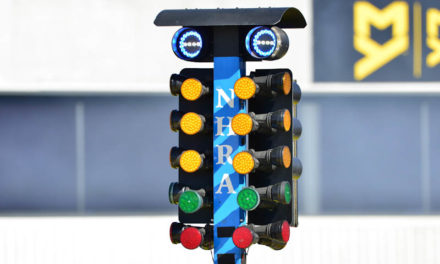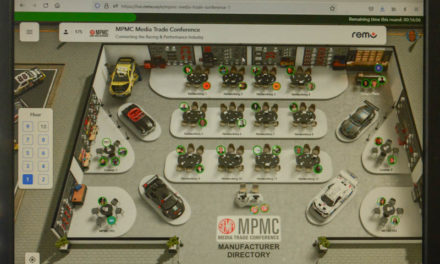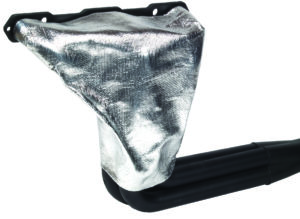
Shifting Gears

This week’s guest is another media friend of John’s, Bobby Bennett. While they were sometimes competitors for eyes, clicks and advertisers, they respected one another and John collaborated with Bobby on more than a few stories.
Change is the one constant we can always count on with the Internet.
The landscape of Internet-based publishing changes daily. I was thinking back to when I got this crazy notion to publish a magazine on the Internet in August 1999, when the arena was an untamed frontier. The biggest challenge was keeping a dial-up connection streaming long enough to get the twice-a-month updates shared with the rest of the world.
Yes, the media you read on today’s web started with assets like AOL 3.0, dial-up connections, and a 3,600 baud rate.
Much like the baby sea turtles making their way to the oceans and battling the elements, the earliest days of CompetitionPlus.com was littered with the Dot Com crash of the late 1990s, an overbearing printed publication industry that lauded the Internet publications as snake oil, and the 9/11 tragedy. Still, the passion kept them moving forward for those who lasted longer than the average of four months.
Selling advertising to a customer base that preferred the saying, “I don’t know how to turn on a computer, much less go on that world wide web.” The moment is still burning in my brain when I was trying to sell my first Internet-based advertising program.
“It’s a magazine on the Internet,” I proclaimed.
“How are you going to sell me an ad in a magazine I can’t take to the crapper with me?”
I guess I couldn’t understand the lack of forward thinking.
I’ve thought the key to being successful in business, long before I was ever successful, was to think three moves ahead.
“I don’t think this Internet thing is going to catch on,” he added.
When a recession hit almost a decade later, he wasn’t in business, and neither were many of those publications who frowned on the Internet. All of a sudden, the Internet provided a cheaper alternative to reach a lot of customers.
Now, almost a decade later, the game plan from then has changed with the advent of social media. It’s all about algorithms and engagements. And for me, who’s had the opportunity to work in both worlds, I find myself sometimes bringing forth the same attitude of the man who doubted the web would stand the test of time.
From someone who has worked in drag racing journalism since I was 13 years old, that’s 42 years for those keeping score; I’m not sure whether I’m considered the old guard or one of the leaders of modern-day drag racing journalism.
I will not say that you must teach an old dog new tricks.
You must reinvent yourself daily and be on the lookout for new ideas. Create your own algorithms and stick to them. It’s pretty much what I have done since 2001 when we adopted a daily format.
The one thing that has not changed is what real journalism is. Nowadays, so-called journalists will deliver the news. Instead of laying out the facts as they are and allowing the viewer or reader to make their own decision – the news is driven by narrative, and instead of letting you think for yourself – it tells you how to think. Seeing what the world has become in terms of the media fingerprint sickens me.
The message hasn’t changed since I was a cub reporter for Super Stock & Drag Illustrated. The only thing that has changed is the delivery. The only narrative I want to deliver is that drag racing is the greatest sport in the world.
If we look at how drag racing journalism has evolved, I’d say we live in one of the greatest eras. There’s more drag racing knowledge at the click of a mouse than ever before.
And to think, it goes back to those of us who dared to be different.







